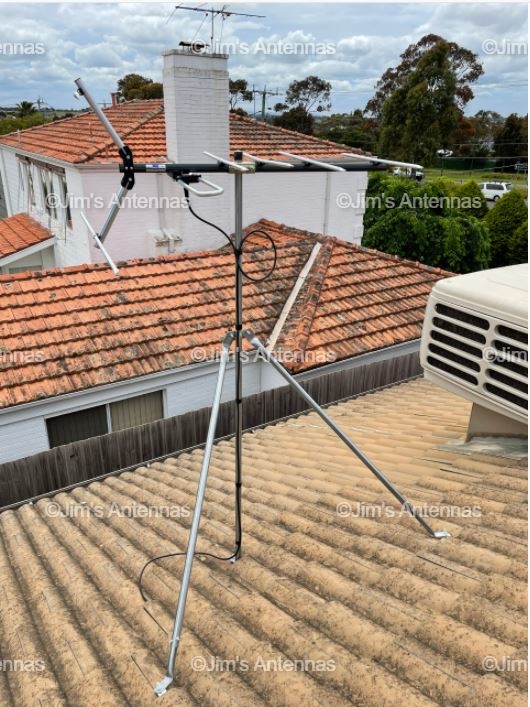Brian Westover and John Quain from Tom’s Guide dish the facts on Smart TV’s and what you need to know. You can read the full article here , however we’ve summarised some of the key facts you need to know about Smart TV’s before and after your purchase.
1. What is a smart TV?
A Smart TV is any TV that can be connected to the internet to access streaming media services such as Netflix and that can run entertainment apps, such as on-demand video-rental services, internet music stations and web browsers.
2. How do smart TVs connect to the internet?
A smart TV uses your home network to provide streaming video and services on your TV either through WiFi or are hard wired data point.
If you’re using Wi-Fi coverage to access the “Smart” side of your TV and your router is positioned further away from the TV ie on the 2nd Floor for example, the set may not be able to stream video from Netflix or other providers without experiencing hiccups. A Wifi Extender or hard wiring your TV is the best option to get uninterrupted viewing on your Smart TV.
3. What services do smart TVs offer, and how do they differ from one another?
There is no standard operating system or interface for smart TVs. .
Most smart TVs support such popular services as Netflix, Stan, and Freeview Plus. However, some sets offer only a handful of apps that rarely change, while other models deliver several screens of offerings. As smart TVs have become more prominent, the number of dedicated streaming apps has also grown.. The lower-priced models of some manufacturers offer only the most popular apps, while higher-priced sets provide a complete array of services.
Spend a little time at the store flipping through the TV’s smart offerings to make sure you and your family will be comfortable with that model.
4. Can a smart TV crash like a Computer?
Unfortunately the answer is yes, and they do. Smart TVs have computer chips for video processing, upscaling, multiple screens and an internet connection. They also use memory to buffer streaming video and music, and need additional processing power to deal with graphics. Just as phones have become computers, so, too, have smart TVs. On the other hand, simply turning a set off and then on usually resolves the issues.
5. Which is better to buy a smart TV or get a cheaper TV and a set-top box?
Most smart TV’s costs around $100 more than the same size set that lacks smart services.
The price difference can also be deceiving, because higher-end TVs often offer more than just connected services. Usually, smart TVs also include better video processing — in other words, better picture quality — and expanded features, such as more HDMI ports on the back. That means you get more for your money than just an internet connection and apps.
6. Can a smart TV get the local FTA (Freeview) channels?
Smart TV services and features don’t affect a TV’s ability to get Freeview stations. . You will still require a HD Digital TV Antenna to pick up local, over-the-air broadcasts for free.
That said, pay attention to what the manufacturer calls the model you’re interested in. If the model is described as a display rather than an HDTV or Ultra HD TV, it probably doesn’t have a tuner built-in. Unless you provide your own tuner, you won’t be able to enjoy over-the-air channels and will still require a Set Top Box.







